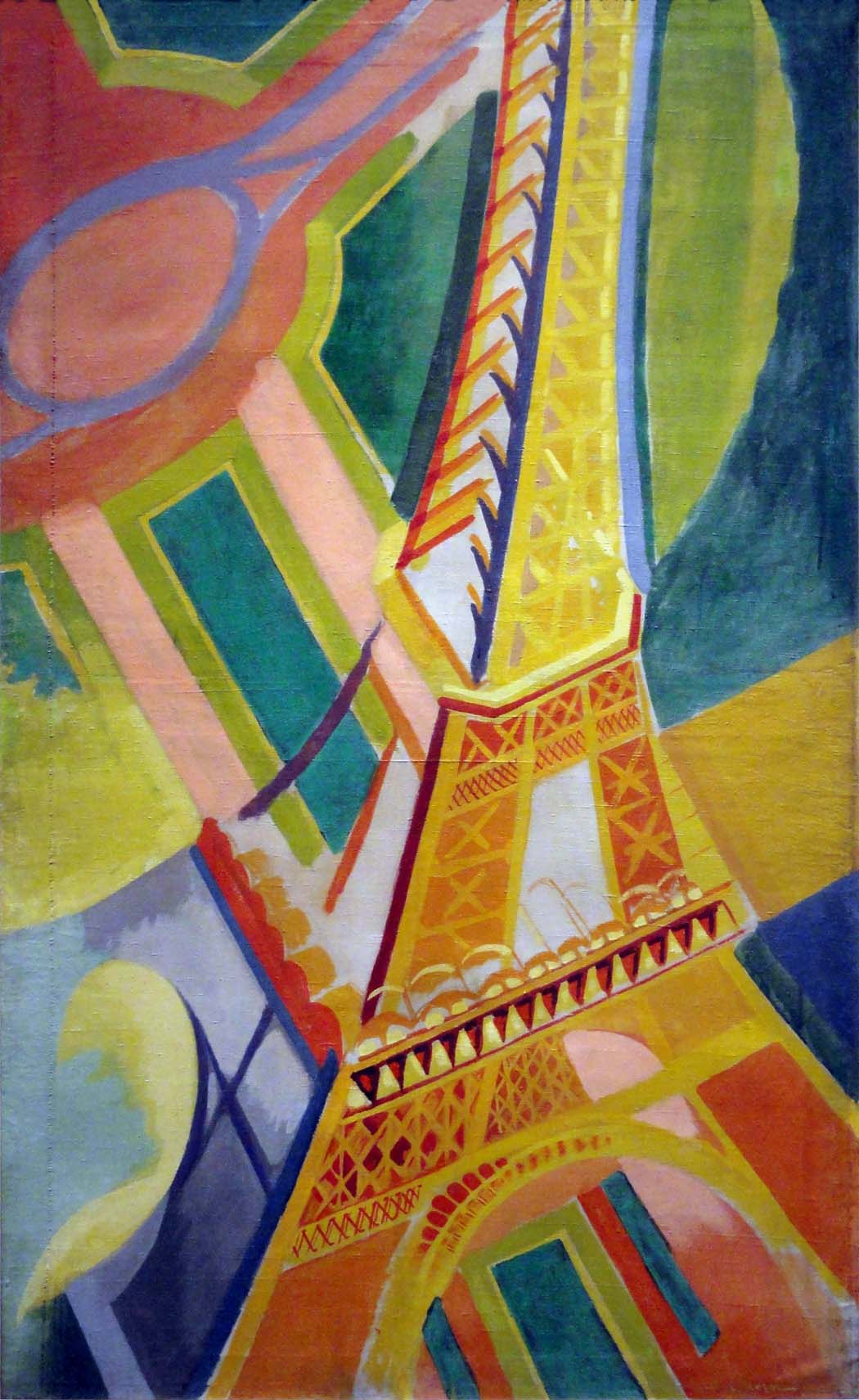
• Depictions of the real world that are rendered with abstracted shapes
It can be said that all representational painting/drawings, even the most finely detailed and true-to-life, contain some level of abstraction, because they reduce the three-dimensional world to 2D. But it is fairly easy to see if the artist's intention is faithful representation or if the artist has chosen to introduce a perceptible shift toward abstraction. The emphasis moves toward the use of distinct shapes in the indication of form, rather than the full rendering of objects with accurate shading. Complicated shapes might be reduced to a series of smaller or larger planes. Objects might be flattened entirely, or form might be hinted at with minimal shading.
Abstract representation covers a wide spectrum from subtle abstraction of actual objects to nearly total abstraction, in which the object is barely recognizable.
This movement toward the abstract can remove the painting/drawing from being perceived as a photograph and allows the artist's aesthetics to come more into play. A dynamic interplay arises between representation and the two-dimensional abstract composition being created by the artist. We see the artist's real-world observation as well as their analytical interpretation and aesthetic choices.
Abstraction can also be used to accentuate the characteristics of the people and objects found in the scene. For instance, a somewhat conical object might be reduced to a simple cone or flattened into a triangle to highlight the abstract form inherent in the object. Idealization of a subject might occur, or perhaps caricaturization, with features distorted to emphasize their shapes and sizes.
Abstraction of a scene or character might be used for comic effect, to make a disturbing scene more tolerable, or to simply remind the viewer that this is a painting/drawing, an artist's 2D interpretation of something he or she has seen in the real world.
Featured: Tour Eiffel by Robert Delaunay.